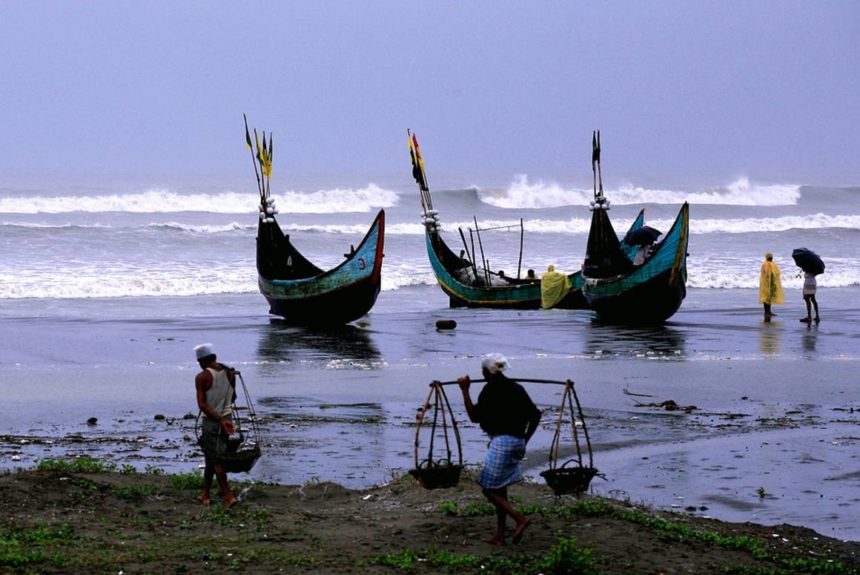How are some cities and communities in Asia and the Pacific coping with the effects of climate change?

The paper “A Region at Risk: The Human Dimensions of Climate Change in Asia and the Pacific,” published in 2017 by the Asian Development Bank, examines the present situation in Asia and the Pacific as they grapple with the effects of the changing climate.
According to the paper, the coming decade is crucial for implementing adequate mitigation measures to deliver on the Paris Agreement. One of the most important steps to this is the decarbonization of the Asian economy.
The paper mentions that Myanmar, the Philippines, Bangladesh, Vietnam, Pakistan, and Thailand are the countries in Asia most vulnerable to climate change.
The paper looks in detail into these countries’ geography, population and migration trends, and their economy; projections and observations in the change of climate such as rising sea levels, an increasing number of typhoons coming each year, melting glaciers in the Asian Alps, rainfall and flooding and ultimately affects the people, their health, migration, and agriculture.
Read the paper to learn their recommendations on how to deal with climate change and mitigate its impact, specifically in building resilience both structurally and non-structurally.
The former involves integrated assessments, early warning systems implementation, and improved data collection, among many others. The latter concerns infrastructure resilience, such as implementing building codes, land use planning, and building and maintaining climate-resilient infrastructures.
It also investigates the infrastructure networks that will be impacted by climate change and variability, so building resilience in these vulnerable infrastructures is essential. The report mentions the many benefits of building resilience in infrastructure, as these reduce direct losses and indirect costs brought about by disruption.
What would spark your interest are the recommendations that the paper presented with regard to infrastructure resilience and adaptation. It mentions the following:
- The new infrastructure assets incorporating climate resilience should be prioritized.
- For existing infrastructure, it should be retrofitted for climate adaptation.
- Additional infrastructure activities would include strengthening or constructing seawalls, putting up hard defences on structures vulnerable to extreme weather conditions, and adapting nature-based solutions, such as improving mangroves for coastal protection.
The paper also states that investing in resilience outweighs costs with significant benefit-cost rations. For example, the cost of building flood defences far exceeds the damage brought about by inundation. Climate-resilient infrastructure is those that are planned, designed, anticipated and adapted to the changing climate conditions. It is also a continuing process.
This paper contains important and informative data that give a clear picture of the present situation of cities and communities in Asia and the Pacific and present effective recommendations on climate adaptation and mitigation. We encourage you to read it.
You can download a free copy of the report by clicking on this link:



Leave a Reply